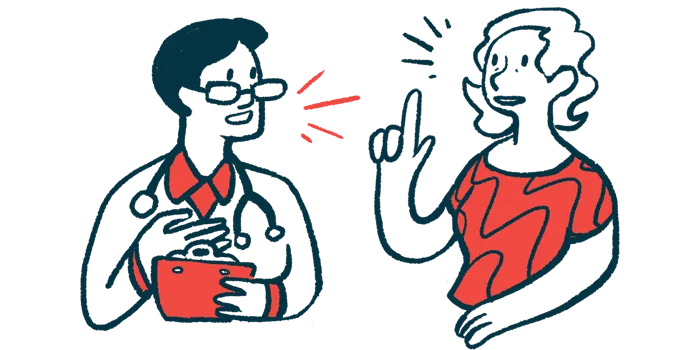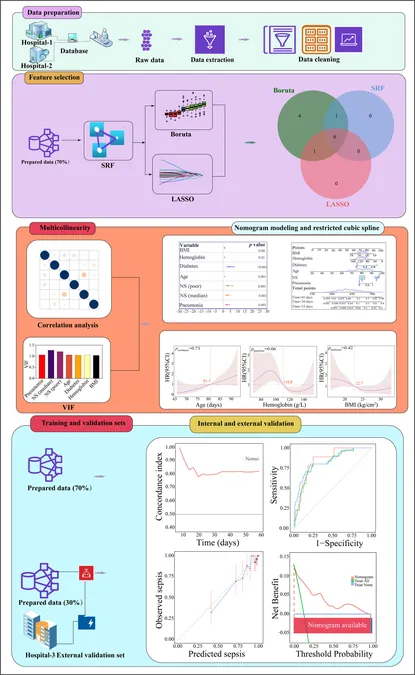
Innovative Warming Techniques Save Woman's Life in Emergency Endoscopy
2025-07-03
Author: Jacques
A Lifesaving Procedure for a 76-Year-Old Woman
In a remarkable medical achievement, a 76-year-old woman suffering from cold agglutinin disease (CAD) underwent a successful emergency endoscopy without complications, thanks to groundbreaking warming strategies. This study highlights the importance of maintaining body temperature during procedures, especially for patients with rare autoimmune conditions.
The Role of Temperature Management
The medical team implemented several innovative techniques to prevent the woman's body temperature from dropping dangerously low. They raised the operating room temperature, pre-warmed fluids and blood for infusion, and utilized high-flow nasal prongs to deliver heated and humidified oxygen. This comprehensive warming approach proved vital for her safety during the delicate procedure.
Understanding Cold Agglutinin Disease (CAD)
CAD is a rare autoimmune disorder characterized by the presence of cold agglutinins—antibodies that cause red blood cells to clump together at lower temperatures. This condition can lead to severe anemia, fatigue, and other debilitating symptoms, making surgical procedures particularly risky.
An Urgent Need for Specialized Care
The woman arrived at the hospital with alarming signs: extreme fatigue and intermittent black stools, indicative of potential bleeding in the upper gastrointestinal tract. With a complex medical history that included pulmonary embolism and Sjögren’s disease, the clinical team faced multiple challenges. They suspected upper GI bleeding and consulted specialists from various fields to devise a careful plan.
A Successful Endoscopy Against All Odds
During the emergency procedure, doctors ensured her body temperature remained stable through various warming techniques. Sedation was administered before the endoscopy, during which a thin tube equipped with a camera was inserted to visualize her upper digestive tract. The patient's temperature was perfectly regulated both before and after the procedure.
Positive Outcomes and Future Care
As a result of the team's meticulous care, the woman’s hemoglobin levels improved, and no signs of CAD complications emerged. After a day of monitoring, she was discharged with follow-up appointments planned for her ongoing health management.
A New Template for Emergency Procedures
The study, published in *Cureus*, emphasizes the need for tailored protocols in managing patients with CAD during emergencies. Researchers reveal that while previous reports have focused on major surgeries, this case represents a pioneering approach to managing anesthesia in urgent endoscopic situations.









 Brasil (PT)
Brasil (PT)
 Canada (EN)
Canada (EN)
 Chile (ES)
Chile (ES)
 Česko (CS)
Česko (CS)
 대한민국 (KO)
대한민국 (KO)
 España (ES)
España (ES)
 France (FR)
France (FR)
 Hong Kong (EN)
Hong Kong (EN)
 Italia (IT)
Italia (IT)
 日本 (JA)
日本 (JA)
 Magyarország (HU)
Magyarország (HU)
 Norge (NO)
Norge (NO)
 Polska (PL)
Polska (PL)
 Schweiz (DE)
Schweiz (DE)
 Singapore (EN)
Singapore (EN)
 Sverige (SV)
Sverige (SV)
 Suomi (FI)
Suomi (FI)
 Türkiye (TR)
Türkiye (TR)
 الإمارات العربية المتحدة (AR)
الإمارات العربية المتحدة (AR)